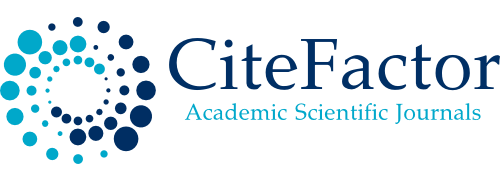A Comprehensive Reading of The Confusion of The Split Identity in Samuel Beckett's " Not I"
DOI:
https://doi.org/10.61841/ssht2t17Keywords:
Confusion, Identity, BekettAbstract
This study is distinctively restricted to the study of the split identity in investigating the relationship between the character and its numerous identities, as in Samuel Beckett's "Not I." It aims to find out a solution for its problematic complex of identity in various ways. This study hypothesizes that the mystification of the split identity becomes a reference to more than one identity. It also shows the character simply involves some kind of ambiguity. The character focuses on the movement that breaks the monotonous rigidity of the play. It's divided into four sections, each analyzing a topic. Finally, the study has reached some conclusions that verify the hypothesis of the study.
Downloads
References
Abbas, S. F. (1977). Traces of the Absurd Theatre in Recent Iraqi Plays. Baghdad.
Barter, Enoch. (1974). "The 'I' in Beckett's 'Not I,'" Twentieth Century Literature. Vol. 20, No. 31/London.
Beckett , Samuel. (1973). Not I. London: Faber & Faber.
Elovaara, Raili. (1976). The Problem of Identity in Samuel Beckett's Prose. Helsinki, The University Press.
Fletcher, Beryl S. (1978). A Student Guide to the Plays of Samuel Beckett. London, Faber and Faber.
Fletcher, John& John Spurling. (1976). Beckett: A Study of His Plays. London: University.
Graver, Lawrence& Raymond Federman. (1979). Samuel Beckett: The Critical Heritage. London: Routledge & Kegan Paul.
Onions, C.T. (1971). Modern English Syntax. London: Routledge & Kegan Paul.
Praninskas, Jeans. (1975). Rapid Review of English Grammar. New Jersey: Prentice Hall.
Quirk, Randolf et al. (1972). University Grammar of English (London: Longman Gp. Ltd.
Worth, Katherine. (1975). Beckett: The Shape Changer. London: Routledge and Kegan Paul J.
Downloads
Published
Issue
Section
License
Copyright (c) 2020 AUTHOR

This work is licensed under a Creative Commons Attribution 4.0 International License.
You are free to:
- Share — copy and redistribute the material in any medium or format for any purpose, even commercially.
- Adapt — remix, transform, and build upon the material for any purpose, even commercially.
- The licensor cannot revoke these freedoms as long as you follow the license terms.
Under the following terms:
- Attribution — You must give appropriate credit , provide a link to the license, and indicate if changes were made . You may do so in any reasonable manner, but not in any way that suggests the licensor endorses you or your use.
- No additional restrictions — You may not apply legal terms or technological measures that legally restrict others from doing anything the license permits.
Notices:
You do not have to comply with the license for elements of the material in the public domain or where your use is permitted by an applicable exception or limitation .
No warranties are given. The license may not give you all of the permissions necessary for your intended use. For example, other rights such as publicity, privacy, or moral rights may limit how you use the material.









